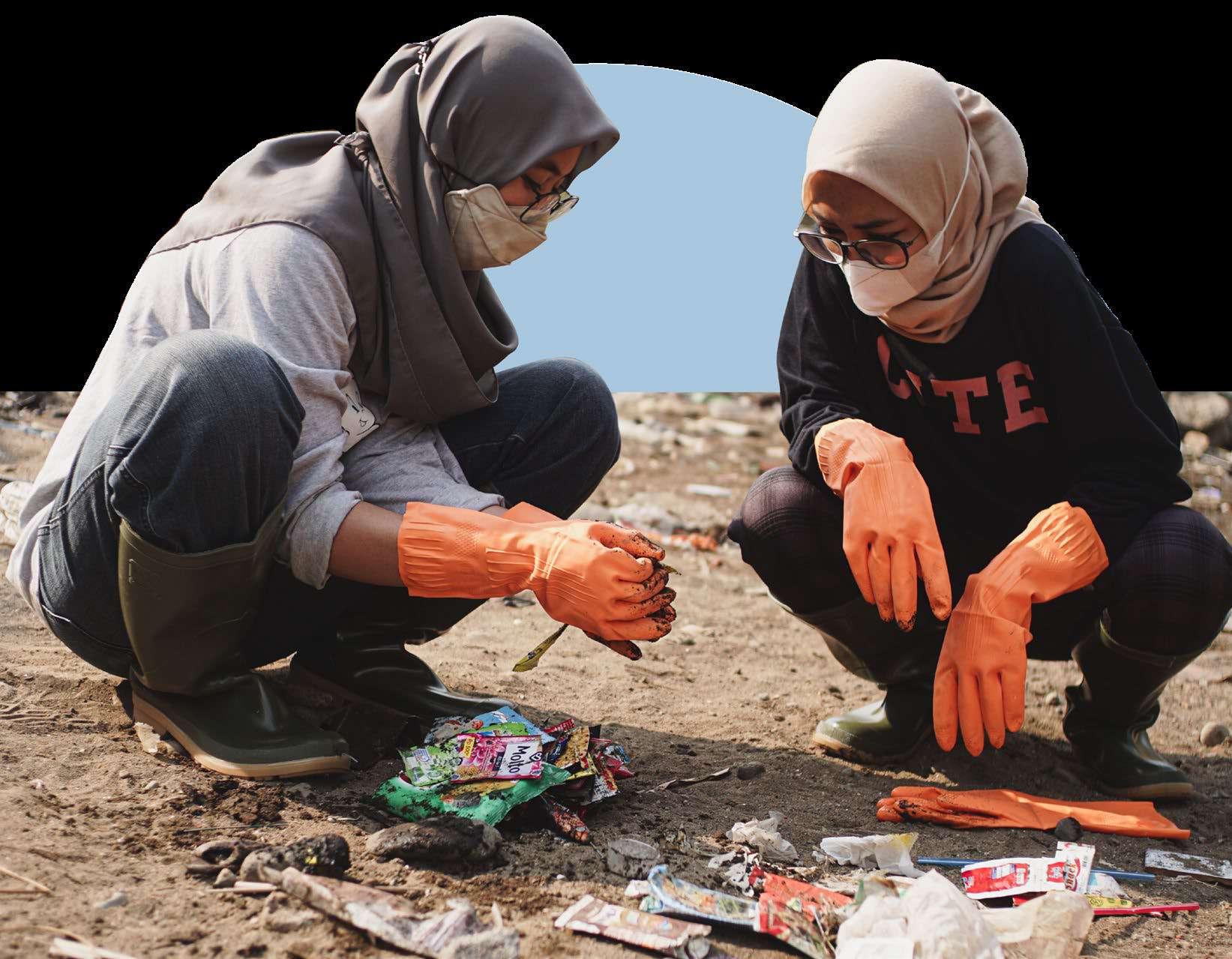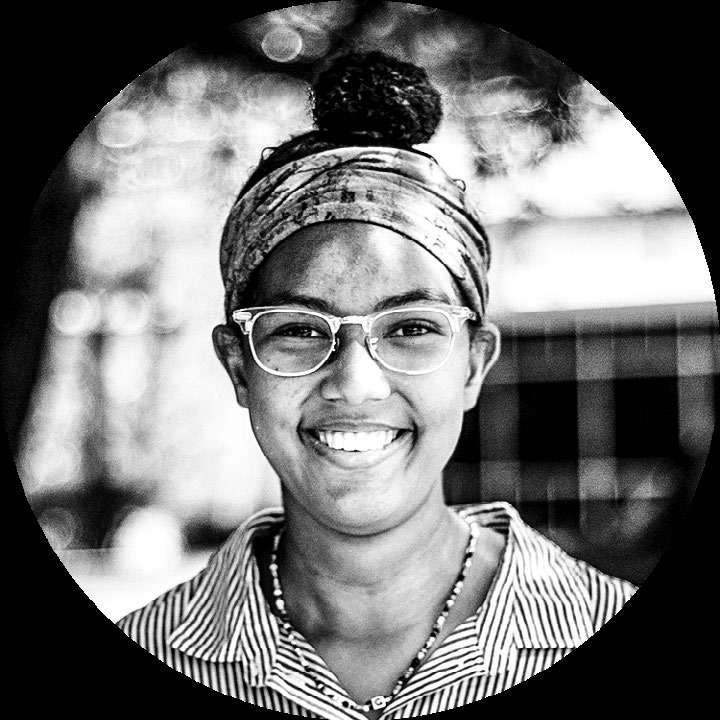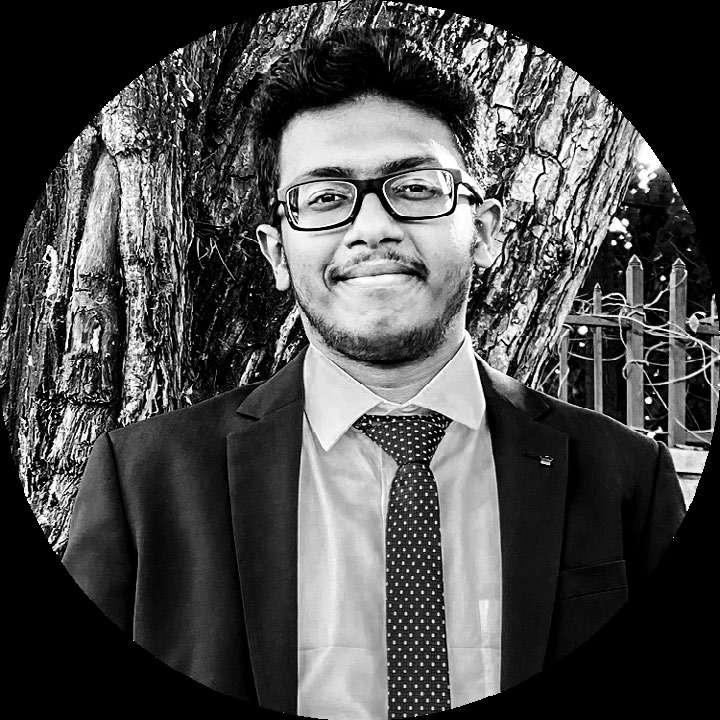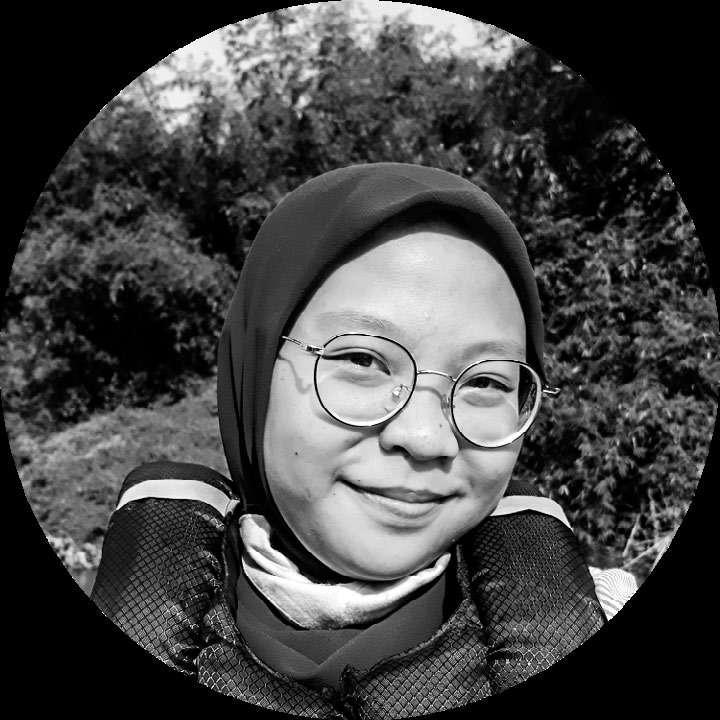
6 minute read
CH 4: The Price to Pay
CHAPTER 04
THE PRICE TO PAY
Advertisement
Young People Are Demanding Corporate Accountability to Reclaim Their Futures.
Children under the age of 15 make up 26% of the world’s population77 today, and they will inherit the climate crisis which
is caused in part by the world’s addiction to fossil fuel-based plastic. According to the IPCC, we have only until 2030 to
cut carbon emissions by half in order to limit catastrophic climate change. Many of the top corporate plastic polluters
that are driving these trends are evading the full costs of their industry and transferring the environmental, social, and
health costs onto the next generation to deal with in their lifetimes.
Plastic affects the lives of young people across production, use and disposal. Youth in Global South countries will
likely be more affected than those in developed countries. This chapter spotlights what the world will look like for
some of these young people if corporations are
not held accountable and business continues as
usual. Break Free From Plastic’s young leaders
come from different countries around the world,
many from Global South countries. In the year
2030, they will be 25-33 years old, young adults
building a livelihood and perhaps starting fami-
lies of their own. The climate impacts of plastic
throughout its life cycle threaten their ability to
lead healthy, fulfilled lives.
Extraction and Production
UNITED STATES
The United States produces 20% of the world’s fossil fuels78 - the biggest share globally.
If business continues as usual, petrochemicals will account for nearly half of global oil
demand growth by 205079 – thanks largely to an increase in plastic production. Climate
change will mean more extreme weather events and other forms of climate chaos. But
if corporations act now to transition toward clean energy and waste reduction, leaving
fossil fuels in the ground, younger generations could have a fighting chance to live in
safe climate conditions.

“Growing up, I was used to seeing the detrimental impacts caused by the continual extraction of fossil fuels near my home in Houston, Texas. Witnessing oil spills, chemical leaks, and hurricanes fueled my decision to join the Break Free From Plastic Movement. Young people across the Gulf and the world are now taking a stand against these industries so we can create a future where our generation can thrive.”
- ALEX GORDON, AGE 21
PROGRAM COORDINATOR FOR FLORIDA PIRG STUDENTS AT ECKERD COLLEGE
Manufacturing
INDIA

Plastic manufacturing has become among the most energy - and emissions - intensive
industries in the manufacturing sector80 — and the fastest growing. While scientists tell
us that we need to transition away from fossil fuels, corporations like Adani Enterprises
are investing billions into manufacturing more plastic from the dirtiest of fossil fuels: coal81. This coal-to-polyvinyl chloride (PVC, a type of plastic) project aims to ship coal
from Australia and other countries to a manufacturing plant in India to produce two
million tons of PVC plastic per year. For a country like India already grappling with
extremely high levels of air pollution82, this decision is unjustifiable. Young people
deserve clean air, instead of a world where millions of people die83 from poisoned air.
- AKHILESH ANILKUMAR, AGE 21
BFFP YOUTH AMBASSADOR FROM INDIA AFFILIATED WITH BRING BACK GREEN AND FRIDAYS FOR FUTURE
Distribution
PHILIPPINES
The Philippines is flooded with single-use plastic. Sachets are the most concerning type
of packaging, comprising around 52% of residual plastic waste, as Filipinos dispose of
~164 million sachets84 daily. Due to their small size, they clog waterways, harm wild-
life and threaten tourism and fisheries that many Filipinos depend on for their liveli-
hoods. Corporations are aggressively marketing sachets into Global South countries by
claiming they allow low-income people to buy small quantities at low prices. But this
is only because “their true costs are externalized, unaccounted for by corporations that
have profited handsomely from the sachet economy, and disproportionately paid for by
society85”. Zero waste is the way of the future. Filipino communities have already had
impressive success going zero waste86, and have even utilized zero waste systems as a
climate mitigation strategy87 .

“I feel disappointed that the leaders we elected to serve the people chose to side with big corporations that pollute our environment when it is their duty to provide the communities with a healthful ecology. What’s even worse is that they don’t get to feel and experience the gravity of plastic pollution that our communities are going through right now. I personally feel robbed of our future healthy environment just because of their neglect in saving it.”
- MARK KRYLLE PAITAN, AGE 20
BFFP YOUTH AMBASSADOR FROM THE PHILIPPINES AND PRESIDENT OF ZERO WASTE YOUTH NEGROS ORIENTAL
Point of Sale
GHANA

In Ghana, like many countries in West Africa, many people access clean drinking water
in water sachets88. These are small sealed plastic packages that are produced and
disposed of in such large quantities that they often end up clogging drains,
breeding mosquitoes, and causing floods89. In 2021 brand audits organized by Green Africa Youth Organization (GAYO), data from across Ghana revealed 50 different brands
of water sachets. Drinking water could be made available through the tap, or water
cooler stations instead of individual single-use sachets. We know this is possible,
because GAYO already made it happen at their brand audit event this year! Now it’s the
corporations’ turn to follow their lead.
- BETTY OSEI BONSU, AGE 24
BFFP YOUTH AMBASSADOR FROM GHANA AND PROJECT COORDINATOR WITH GREEN AFRICA YOUTH ORGANIZATION (GAYO)
Consumption
BRAZIL
One of the most concerning aspects of the plastic pollution crisis is that it affects
human bodies from the moment we are born. Babies in the womb can be exposed to
microplastic in their mother’s placenta90. Plastic additives in daily products and pack-
aging can contribute towards declining fertility91 due in part to endocrine-disrupting
chemicals92 .

“If current trends continue, by the time I’m 53 years old in 2050, I will live in a world with four times93 the amount of plastic that we have today. I no longer want to live in a world in which plastic causes as many harmful effects to human health and environment as it does currently. It’s time for corporations to stop promoting false solutions and focus on the real one: immediately eliminate single-use plastic and move from a throwaway culture to a circular economy.”
- RAFAEL EUDES, AGE 24
BFFP YOUTH AMBASSADOR FROM BRAZIL AFFILIATED WITH REUNI/CIRCULACT
End of Plastic’s Life Cycle
INDONESIA

In Indonesia, about 9 million tons of plastic waste is generated every year and only
11% is recycled94. Additionally, Indonesia imports about 800,000 metric tons95 of plastic
waste annually. This is part of a global waste trade, in which plastic trash from Glob-
al North countries are exported to Global South countries for recycling, but it can often
overwhelm the infrastructure. In Indonesia, 81% of waste is mismanaged96. As this
plastic waste piles up in landfills or incinerators, the chemical additives used in
packaging can be released into the environment. Recent studies have found plastic
chemical additives entering our food chains97, raindrops98, and even babies’ feces99!


